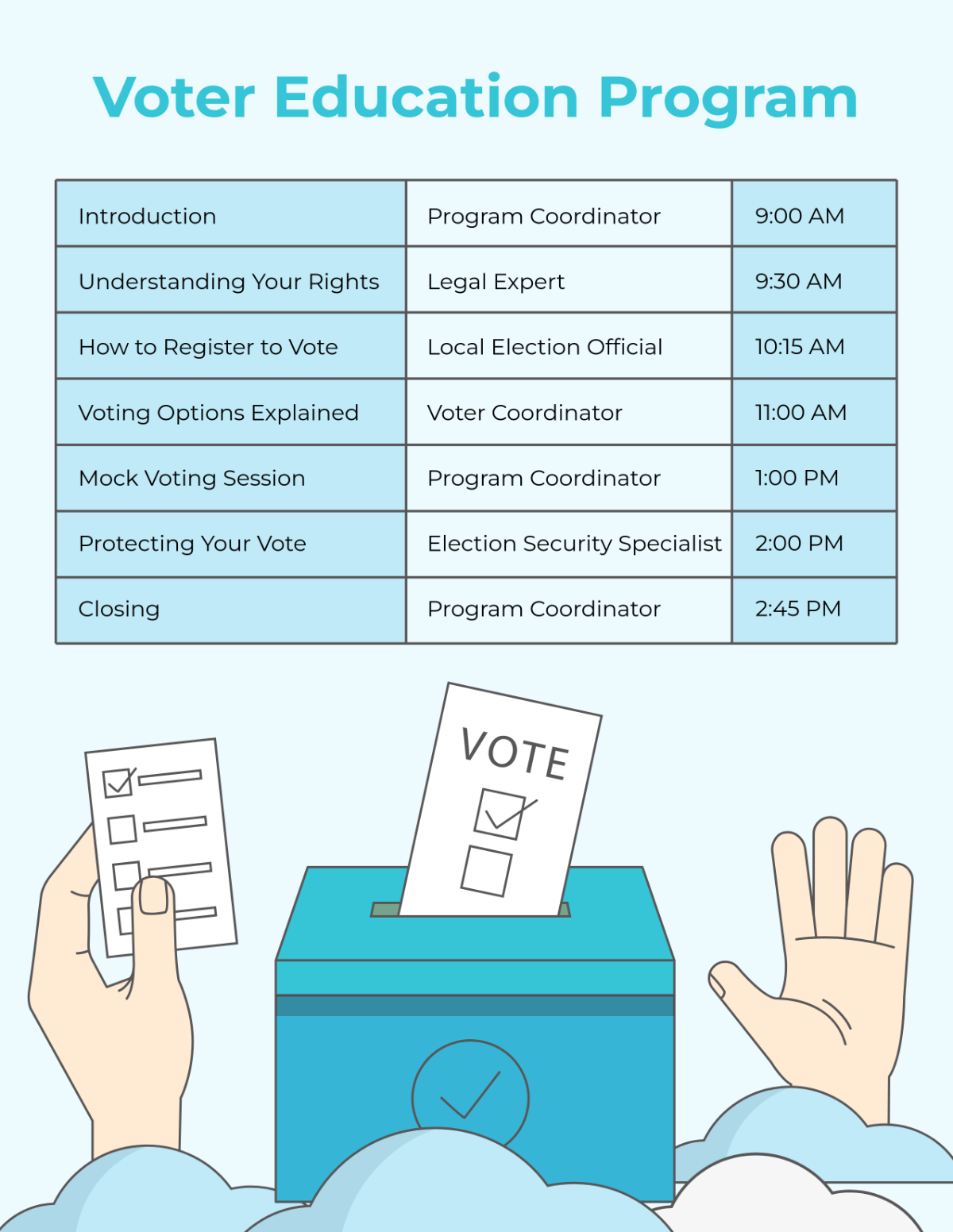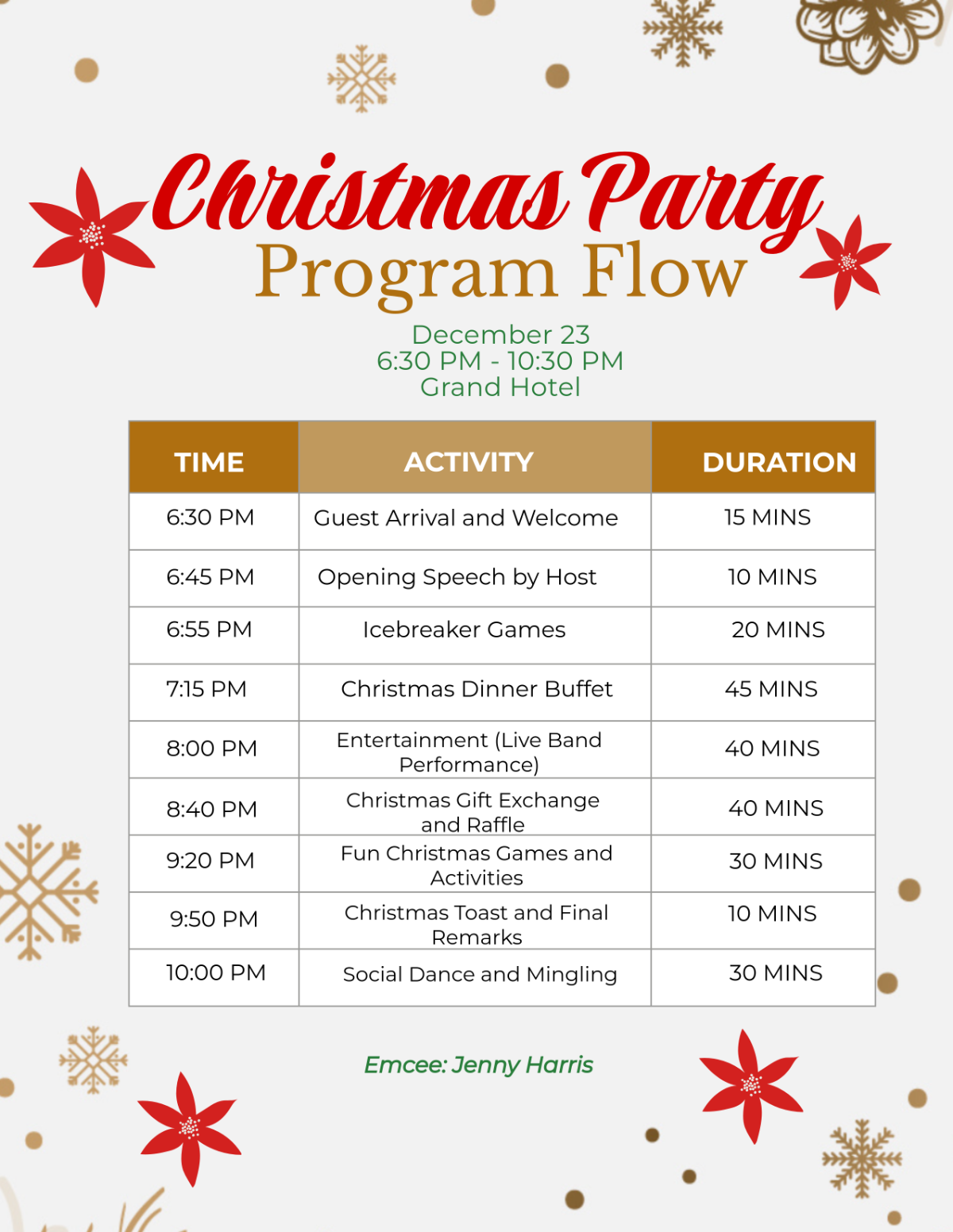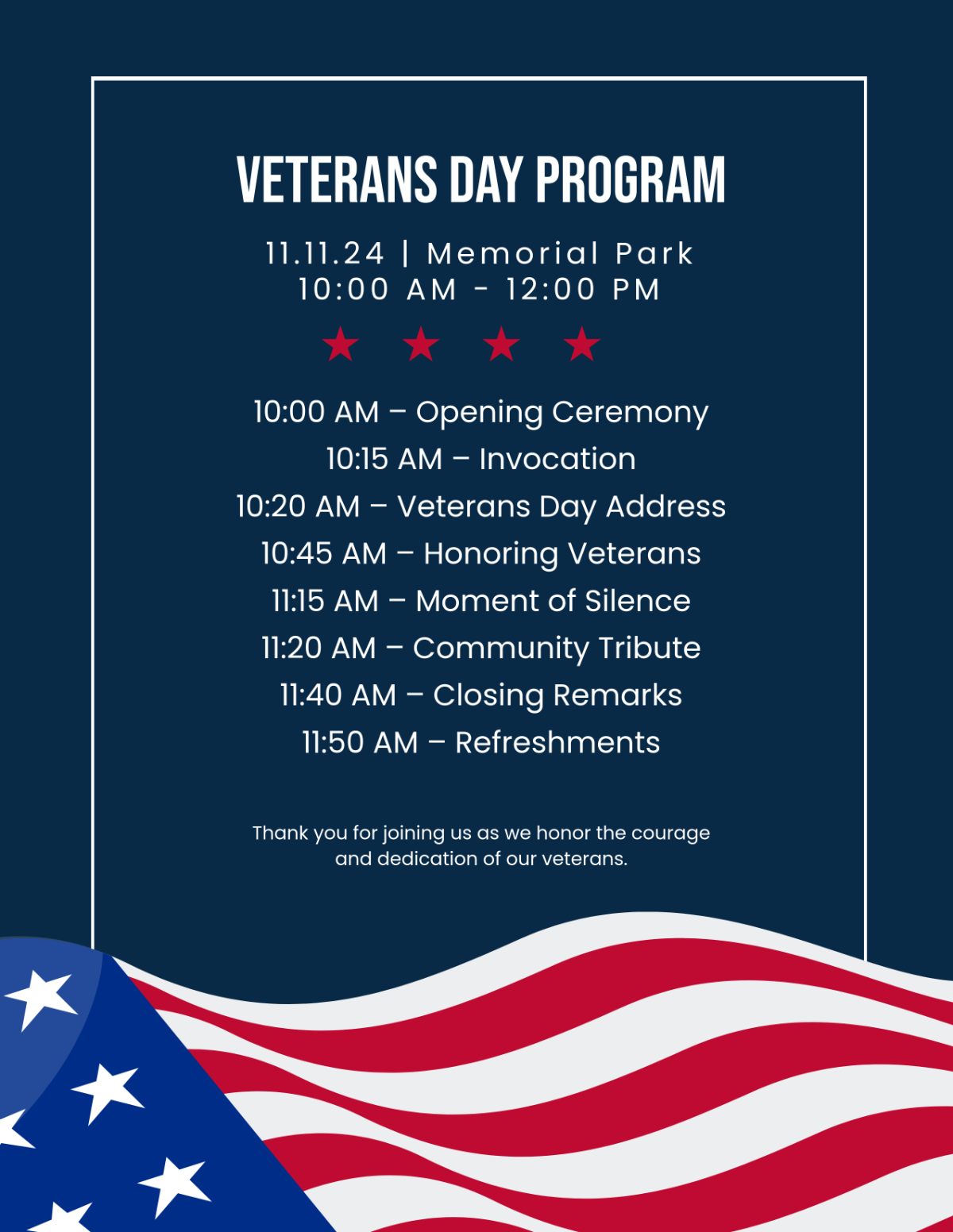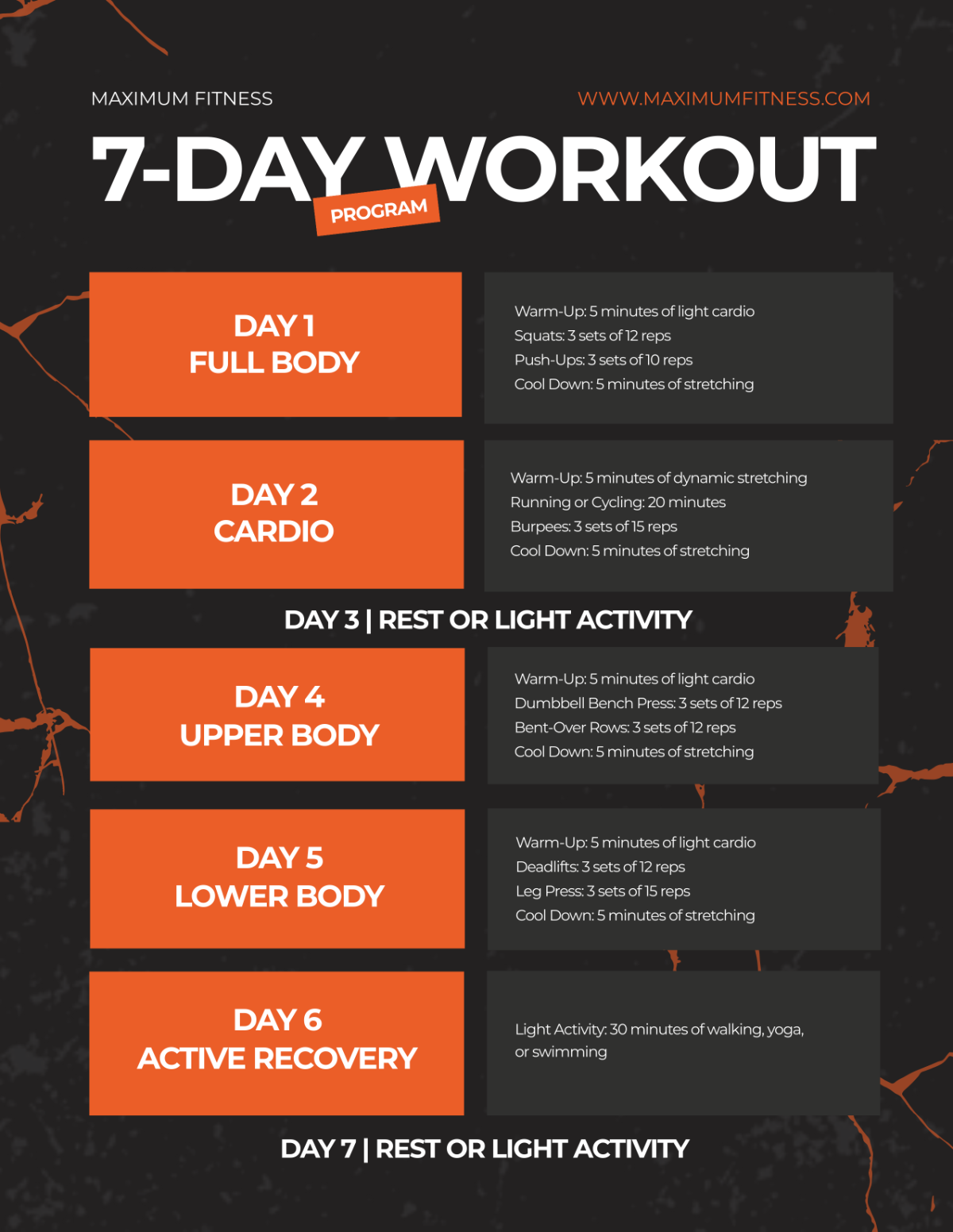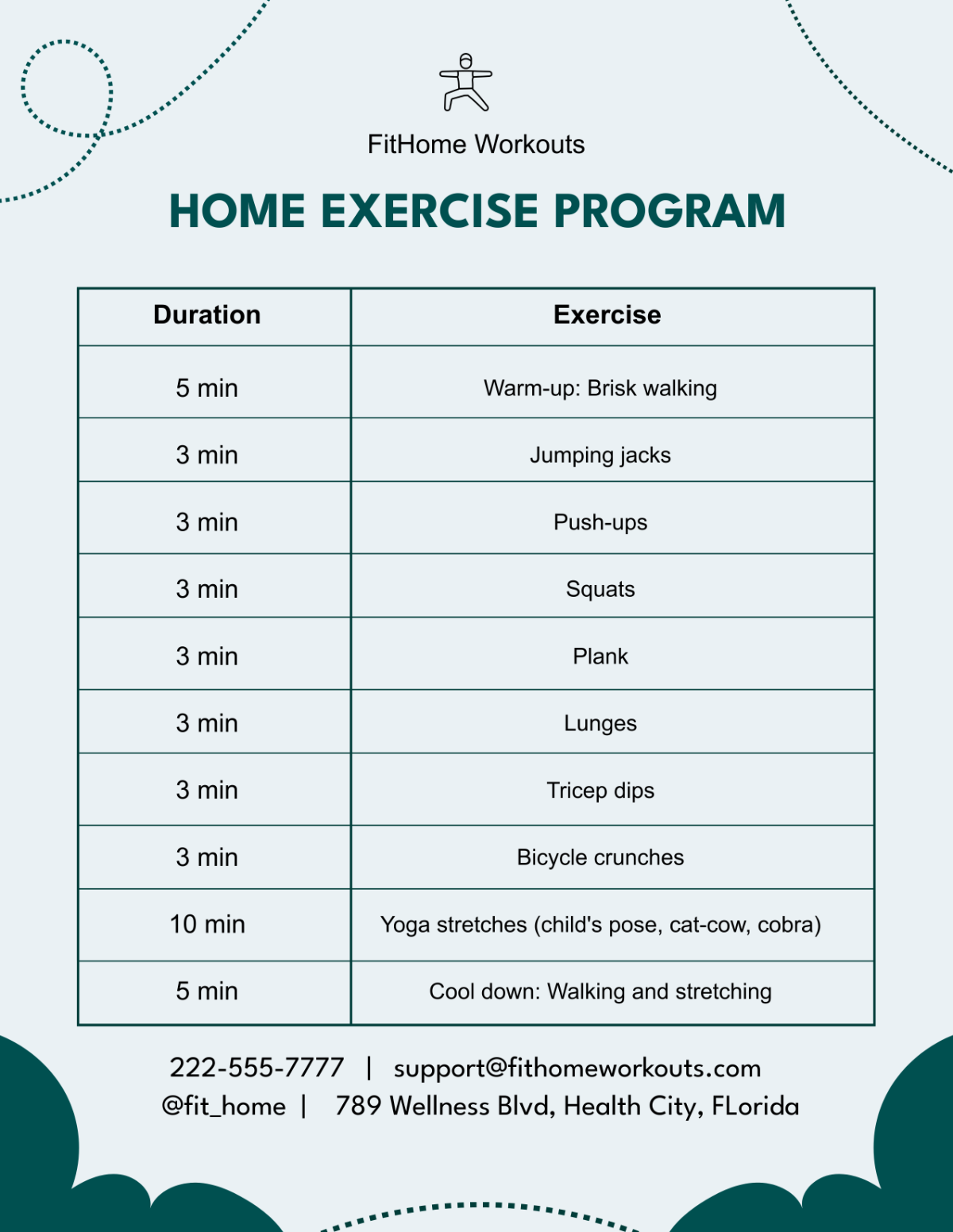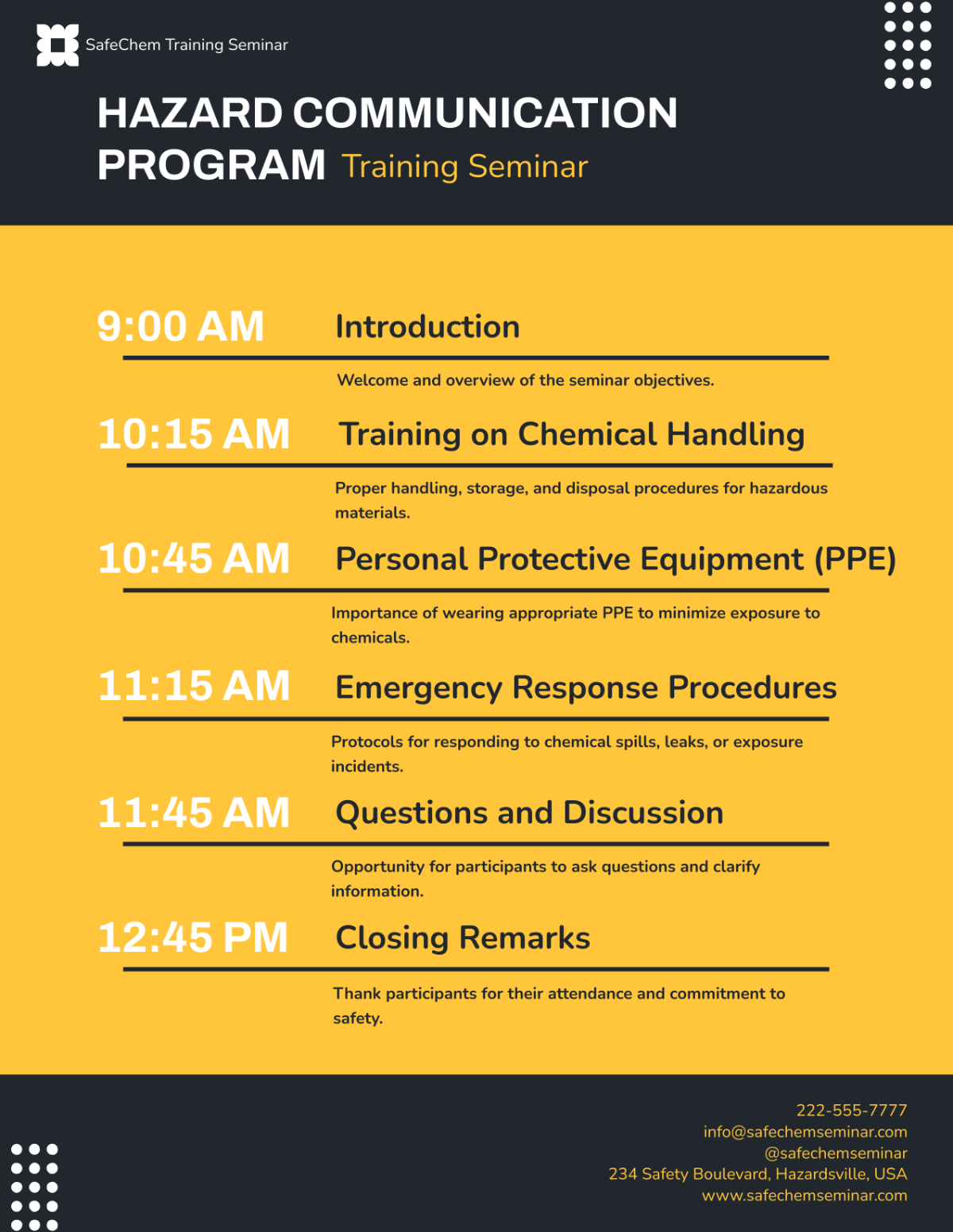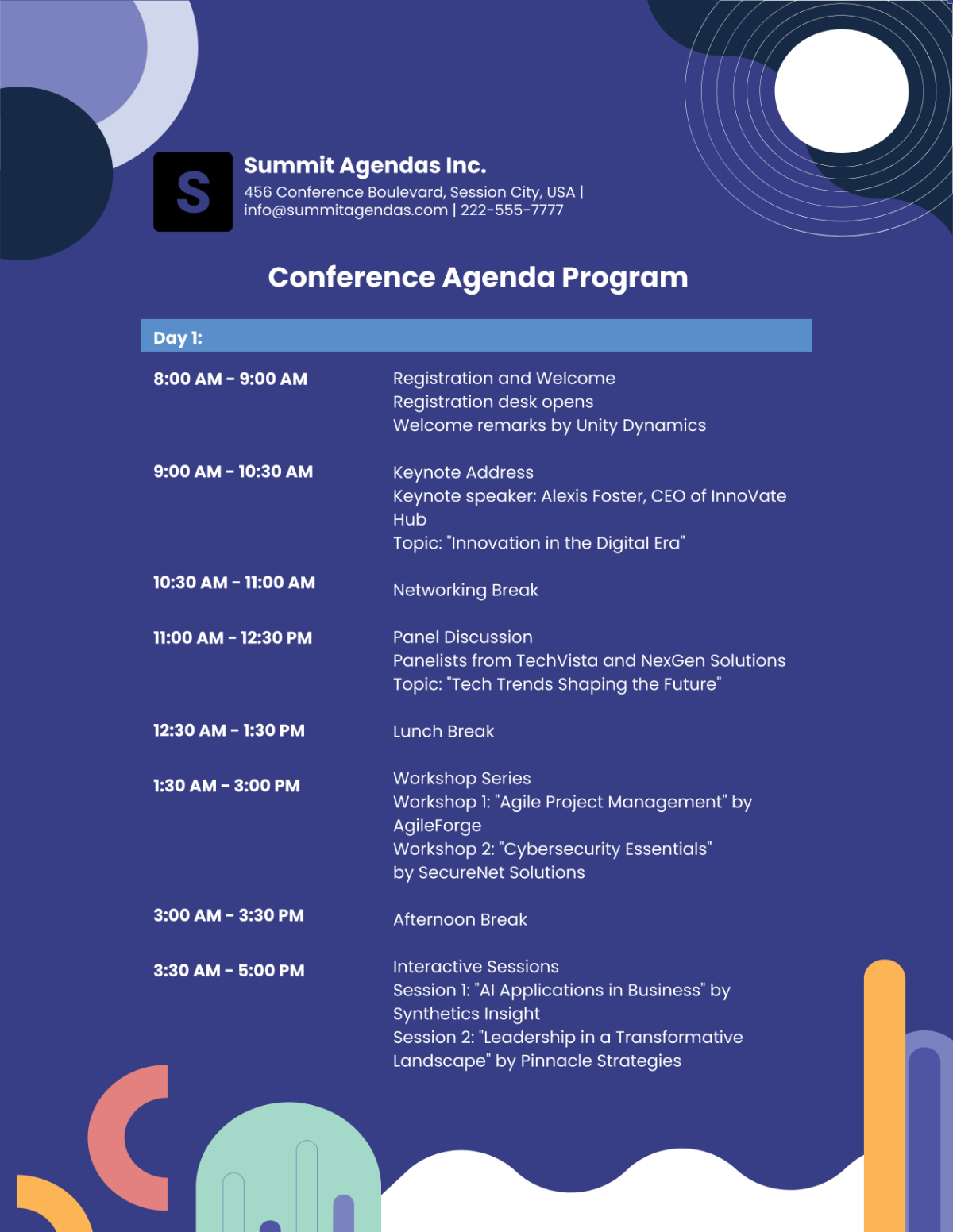Workplace Ergonomics Program Documentation
Introduction |
Program Purpose
The primary purpose of our Ergonomics Program is to foster a safe and healthy work environment by integrating ergonomic principles into all aspects of our workplace. This program aims to identify, assess, and mitigate ergonomic risks, thereby enhancing employee well-being, increasing productivity, and reducing the likelihood of work-related musculoskeletal disorders (MSDs). Through proactive ergonomic management, we seek to create a workspace that supports the physical and cognitive needs of all employees, aligning with our commitment to workplace safety and employee health.
Scope and Application
This program applies to all employees within our organization, encompassing a variety of work settings, including office environments, industrial workplaces, and remote work locations.
Key Terms and Concepts
Ergonomics: The scientific discipline concerned with understanding interactions among humans and other elements of a system, and the profession that applies theory, principles, data, and methods to design to optimize human well-being and overall system performance.
Musculoskeletal Disorders (MSDs): Injuries and disorders that affect the human body's movement or musculoskeletal system (i.e., muscles, tendons, ligaments, nerves, discs, blood vessels, etc.).
Workstation Ergonomics: The arrangement and setup of a workspace, including equipment, furniture, and environment, to promote comfort, efficiency, and safety.
Repetitive Strain Injury (RSI): An injury to the musculoskeletal and nervous systems that may be caused by repetitive tasks, forceful exertions, vibrations, mechanical compression, or sustained or awkward positions.
Roles and Responsibilities
Management: Responsible for providing the necessary resources and support to implement and maintain the Ergonomics Program.
Employees: Expected to actively participate in the Ergonomics Program by adhering to ergonomic best practices, attending training sessions, and promptly reporting ergonomic concerns or discomforts.
Risk Identification and Assessment |
In our ongoing commitment to a safe and healthy workplace, identifying and assessing ergonomic risks stands as a critical component of our Ergonomics Program. This process involves systematic methods to recognize potential hazards and evaluate their severity and frequency, ensuring timely and effective interventions.
Identification
Workstation Evaluations: Regular assessments of individual workstations to identify risks related to equipment layout, posture, and repetitive movements.
Employee Surveys and Feedback: Gathering insights directly from employees about discomforts, pains, or difficulties experienced in their work environment.
Job Hazard Analysis (JHA): A detailed review of job tasks to identify potential ergonomic risks associated with specific job duties or processes.
Ergonomic Risk Assessment Tools: Utilizing standardized tools and checklists, such as the Rapid Upper Limb Assessment (RULA) or the REBA (Rapid Entire Body Assessment), to systematically evaluate risk factors.
Incident Reports and Health Records Analysis: Reviewing past incidents and health records to identify trends and common ergonomic issues within the workplace.
Assessment
Risk Rating System: Implementing a scoring system to classify risks based on their severity (e.g., minor, moderate, severe) and frequency of occurrence (e.g., daily, weekly, monthly).
Ergonomic Risk Assessment Committee: A specialized team responsible for analyzing data from various sources (such as surveys and JHA) to determine the level of risk associated with different tasks or workstations and environments.
Follow-Up Evaluations: Conducting regular follow-up assessments to monitor changes in risk levels, especially after implementing ergonomic interventions or changes in work processes.
Employee Health Monitoring: Collaborating with healthcare professionals to analyze health trends and reports related to ergonomic injuries or discomforts among employees.
Data Analysis and Trend Identification: Utilizing data analytics to identify patterns or recurring issues in specific areas or job functions, enabling targeted risk mitigation strategies.
Ergonomic Solutions and Controls |
To effectively address the ergonomic risks identified, our program includes a range of solutions and controls designed to mitigate these hazards and promote a healthier work environment. These measures are tailored to the specific needs of our workplace and employees, ensuring both comfort and efficiency in their implementation.
Our approach to ergonomic solutions encompasses various aspects, from workstation design to work practices, aimed at reducing the risk of injury and enhancing overall workplace ergonomics:
Adjustable Workstations: Providing workstations that can be adjusted in height and layout to accommodate different body sizes and work styles.
Ergonomic Seating: Offering chairs with adjustable height, lumbar support, and armrests to encourage proper posture and reduce strain.
Keyboard and Mouse Alternatives: Implementing ergonomic keyboard and mouse designs to minimize strain on the hands and wrists.
Monitor Placement and Lighting: Ensuring that computer monitors are positioned at eye level and proper lighting is available to reduce eye strain and awkward neck postures.
Footrests: Providing footrests to support proper leg positioning and reduce lower back strain.
Document Holders: Using document holders to keep work materials at a comfortable viewing angle, reducing neck and eye strain.
Task Rotation and Break Schedules: Implementing job rotation and regular break schedules to minimize repetitive strain and provide rest periods.
Lifting Aids and Equipment: Utilizing mechanical aids and proper lifting techniques for manual handling tasks to reduce the risk of back injuries.
Training in Ergonomic Principles: Regular training sessions for employees to understand the importance of ergonomics and how to apply ergonomic principles in their daily tasks.
Remote Work Ergonomic Guidelines: Providing guidelines and support for setting up an ergonomic home office environment for remote workers.
These solutions and controls are continually evaluated and updated based on feedback and the latest ergonomic research, ensuring that our workplace remains a safe and comfortable environment for all employees.
Training and Education |
Our Ergonomics Program places a strong emphasis on training and education, recognizing that informed and aware employees are key to a successful ergonomic workplace. We offer comprehensive training programs for both employees and managers to ensure a deep understanding of ergonomic principles and their practical application in daily work activities.
Training Program | Contents of Training Sessions |
Basic Ergonomic Awareness for All Employees |
|
Advanced Ergonomic Training for Managers |
|
Workstation Ergonomics for Office Employees |
|
Manual Handling Training for Warehouse Staff |
|
Ergonomic Best Practices for Remote Workers |
|
Health and Safety Representatives Training |
|
These training programs are designed to be interactive and engaging, incorporating practical demonstrations, hands-on activities, and scenario-based learning. Regular updates and refresher courses ensure that our workforce stays informed about the latest ergonomic practices and innovations.
Reporting and Communication |
Effective reporting and communication are vital components of our Ergonomics Program, enabling timely identification and resolution of ergonomic concerns. We have established clear procedures and communication channels to ensure that ergonomic issues are promptly and efficiently addressed.
Reporting Procedures
Incident Reporting System: Employees are encouraged to report any ergonomic concerns or incidents through our internal incident reporting system, accessible online or through department supervisors.
Immediate Reporting for Acute Issues: For urgent ergonomic issues causing immediate discomfort or potential injury, employees are instructed to report directly to their supervisor or the health and safety representative.
Regular Health and Safety Meetings: Ergonomic concerns can be brought up during regular health and safety meetings, where they will be recorded and addressed in the meeting minutes.
Anonymous Reporting Option: An anonymous reporting channel is available for employees who wish to report concerns without disclosing their identity.
Communication Channels
Ergonomic Committee Meetings | Regular meetings to discuss ongoing ergonomic initiatives, challenges, and feedback from employees. |
Email Bulletins and Newsletters | Regular updates on ergonomic tips, new policies, and success stories shared organization-wide. |
Dedicated Ergonomic Helpline | A helpline managed by ergonomic specialists for employees to seek advice and report concerns. |
Interactive Workshops | Regular workshops for hands-on learning and discussion of ergonomic practices and improvements. |
Feedback Surveys | Periodic surveys to gather employee feedback on the effectiveness of ergonomic solutions and identify new issues. |
Program Evaluation and Review |
To maintain the efficacy and relevance of our Ergonomics Program, it is imperative to regularly evaluate and review its components. This process involves setting clear metrics for success and employing systematic methods to assess the program's impact on workplace ergonomics and employee well-being.
Target Metric | Method of Evaluation |
Reduction in Ergonomic-Related Injuries | Analyzing health and injury records pre- and post-implementation of ergonomic solutions to measure changes in incidence rates. |
Employee Satisfaction with Work Environment | Conducting annual employee surveys to gauge satisfaction levels regarding ergonomic improvements and workstation comfort. |
Compliance with Ergonomic Standards | Regular audits to ensure alignment with national and industry-specific ergonomic standards and best practices. |
Engagement in Ergonomic Training Programs | Monitoring participation rates and feedback from ergonomic training sessions to assess engagement and effectiveness. |
Review Process
Annual Program Review: Conducting a comprehensive annual review of the Ergonomics Program to assess its overall effectiveness and identify areas for improvement.
Update of Ergonomic Solutions: Regularly updating and refining ergonomic solutions based on the latest research, technology advancements, and employee feedback.
Stakeholder Meetings: Holding semi-annual meetings with key stakeholders, including health and safety representatives, management, and employee groups, to discuss program updates and gather diverse perspectives.
Case Management and Follow-Up |
In addressing ergonomic-related injuries, our approach prioritizes comprehensive case management and diligent follow-up, ensuring that affected employees receive appropriate care and support. This aspect of our Ergonomics Program is crucial for facilitating recovery, preventing recurrence, and continuously improving our ergonomic practices.
Case Management
Immediate Response and Assessment: Quick response to reported ergonomic injuries, including initial assessment to determine the nature and severity of the injury.
Medical Consultation and Treatment: Facilitating access to medical professionals specializing in occupational health for appropriate treatment and rehabilitation plans.
Workplace Adjustment: Making necessary adjustments to the injured employee's workstation or work practices to accommodate their recovery and prevent further strain.
Case Documentation: Thorough documentation of each case, including the nature of the injury, steps taken for treatment, and workplace adjustments made.
Regular Monitoring and Support: Providing ongoing support and monitoring the employee's recovery progress to ensure a safe return to work.
Follow-Up Procedures
Post-Incident Review: Conducting a detailed review of each case to identify root causes and potential systemic issues in workplace ergonomics.
Feedback Integration: Incorporating feedback and lessons learned from individual cases into broader ergonomic strategies and training programs.
Periodic Health Assessments: Regular health assessments for employees who have returned to work post-injury to ensure their continued well-being and proper ergonomic practices.
Update of Ergonomic Policies: Revising and updating ergonomic policies and practices based on insights gained from case management and follow-up processes.
Continuous Education: Reinforcing the importance of ergonomic awareness and safe work practices through continuous education and communication to all employees.
Resources and References |
Our Ergonomics Program is supported by a variety of resources and references, categorized to provide comprehensive information and guidance in various aspects of workplace ergonomics. These resources are integral to the successful implementation and continuous improvement of our program.
Ergonomic Assessment Tools
Rapid Upper Limb Assessment (RULA)
Rapid Entire Body Assessment (REBA)
OSHA Ergonomic Solutions
Online Resources and Databases
NIOSH Ergonomics
ErgoWeb
OSHA Ergonomics Page
Educational Materials
“Ergonomics in the Workplace” Handbook
“The Essential Guide to Office Ergonomics”
Online Ergonomics Training Modules
Government and Industry Standards
ANSIHuman Factors Engineering Standards
OSHA Ergonomic Guidelines
IEA Standards
Professional Consultation and Support
Certified Professional Ergonomists Directory
Local Occupational Health and Safety
Industry-Specific Ergonomic Consultants
Case Studies and Best Practices
Ergonomic Case Studies
Journal of Ergonomics
Best Practices in Ergonomics
Health and Wellness Resources
Workplace Wellness Programs
Physical Therapy and Rehab Services
Occupational Health Services










